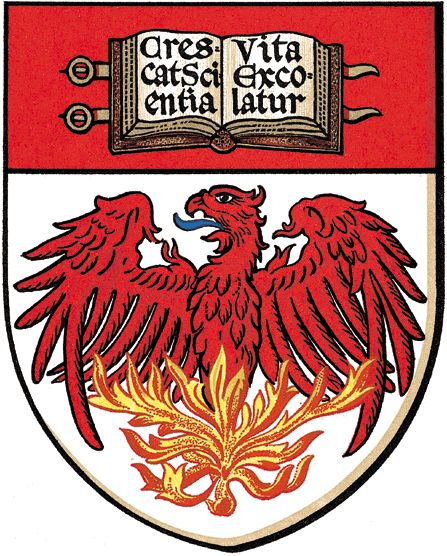 |
 |
| Home | Kaon | Experiment | Documents | People | Photos | Links |
| Basic theory | Importance for CPV | History |
Kaon History
The first time that kaon was observed was in 1947, by George Rochester and Cliford Butler from the University of Manchester. In cosmic rays, they observed a particle that decayed in form of a letter "V", and therefore called the particle a V-meson.
In 1949, Powell observed the decay K+ -> π+ π+ π-. This was called a θ - meson. Later, physicists realized that these particles were different states of the same particle.
In 1955, M. Gell-Mann and A. Pais published an article named Behavior of Neutral Particles under Charge Conjugation , in which they discussed properties of this "heavy boson θ, which is known to decay into π+ π -".
However, the person who really introduced this particle to the public was L.M. Lederman and his collaborators. Together with M. Bardon, K. Lande and W. Chinowsky, they published their work on Long-lived neutral K Mesons . This paper contained a description of the long-lived V-particle sthat they found in Brookhaven Cosmotron. They established its lifetime, and observed some of its decay modes: π± e∓ (and a ν); π± μ∓ (and a ν); π+ π- (and a π).
The first person to point out the general importance of our decay was Laurence S. Littenberg, in his article CP-violating decay K0L -> π0 ν ν , published in Physical Review D in 1989. Here, he pointed out that a more precise measurement of the branching ratio of this would determine some of the paramaters of the Standard Model, or indicate some problems within this theory. In his time, the parameters were known to such a low level that the branching ratio could be higher than allowed by the Standard Model.
Later, it was shown that this ratio cannot be higher than the one predicted by the Standard Model. However, our degree of precision is still not satisfactory, and together with other groups, we want to get more information about this phenomenon.
So far, in 1992, E799-I showed that BR<2.2x10-4, and in 1999, E799-II set BR<5,8x10-5. Thanks to E391a, which was devoted to the study of the decay K0L -> π0 ν ν , we know that BR< 2.6 x 10-8.
High Energy Physics | 5640 S Ellis Ave | Chicago IL 60637 | +1-773-702-8113
Last update: August 2012
Webmaster: Nina Kuklisova